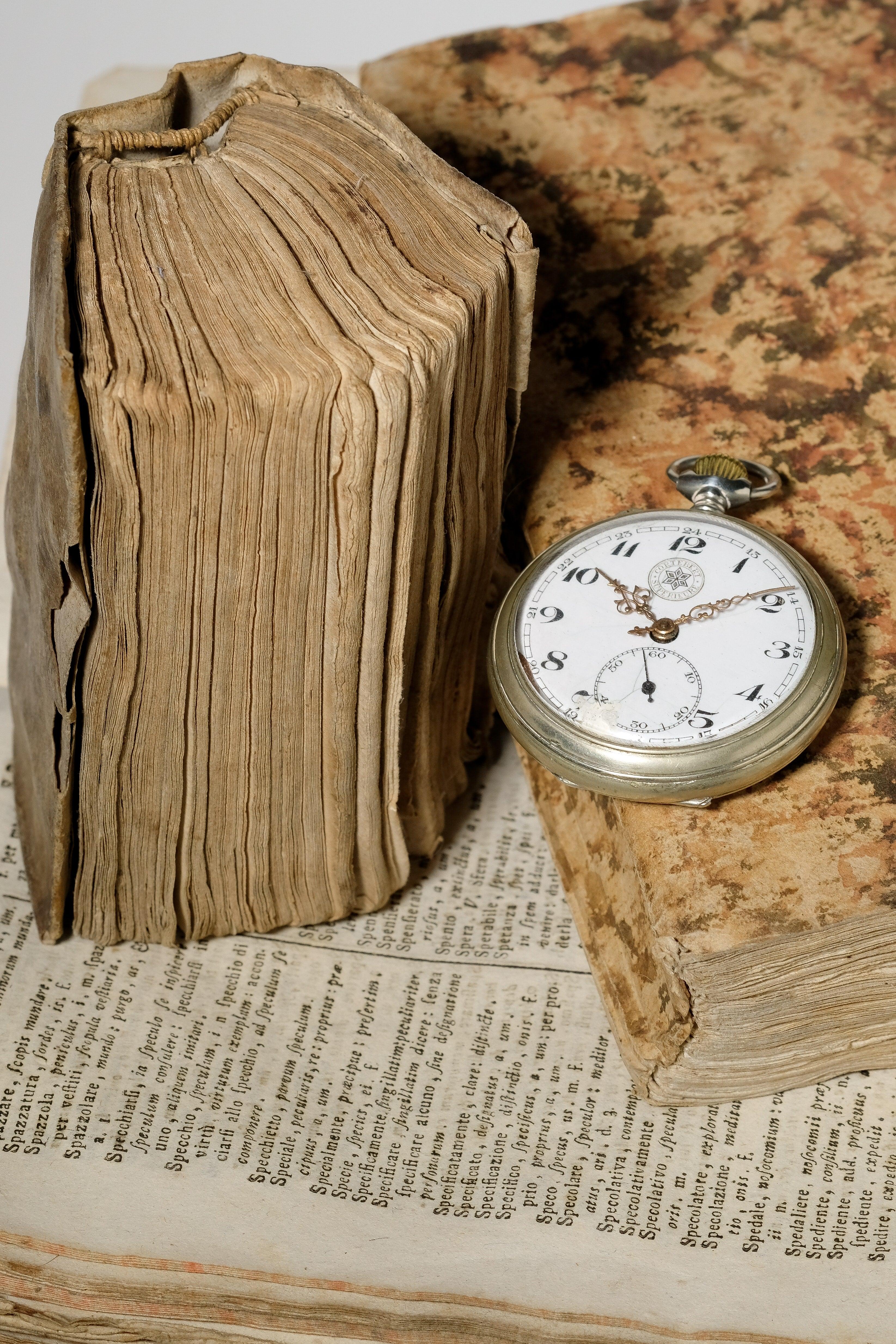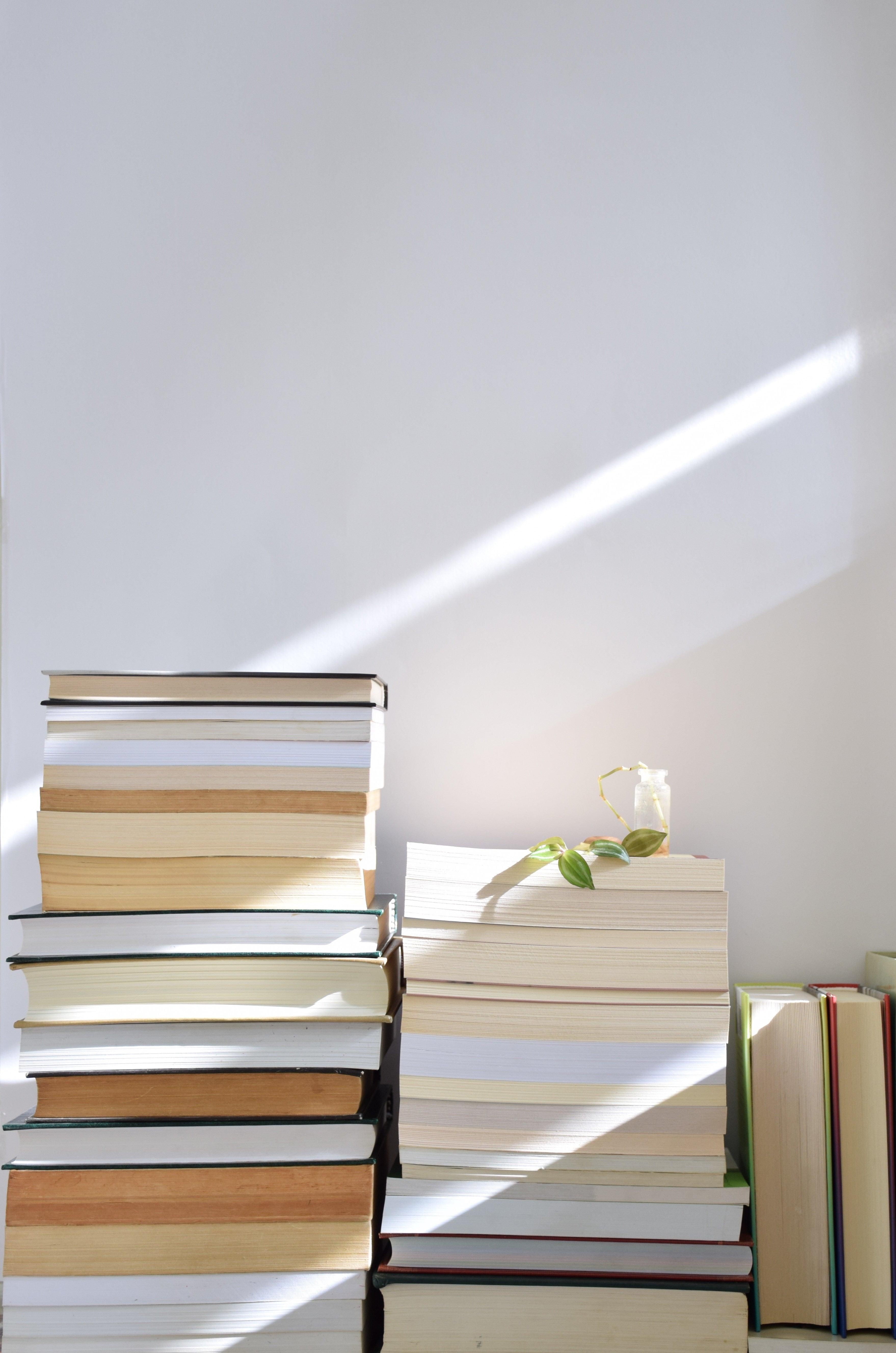
The collection advices I wish I had at 20
Collecting antique jewelry can be a rewarding experience, but it also comes with its own set of challenges such as authenticity, price, maintenance, wearability...etc. In summary, how to find the "right" piece of jewelry can be a"trial and error" experience. I've to admit that like many of you, I paid for my errors (and of course, I'm still paying today!)
So I'd like to share an article I read on LinkedIn several years ago, which gave me great inspirations. The author Sylvain Levy, is an art collector and Co-founder of DSL collection based in Paris. In his article "How to make a collection with style and meanings", he gives advices on how to build your own art collection in general but those tips can also be applied to a more specific sector, such as the antique jewelry.
I've highlighted the parts which talk to me the most. I'd love to know yours so leave me a comment! Without further ado, here we go:
"If I have to describe what is an art collector, I shall say that it falls in seven categories which are, in no particular order the decorator, possessor, scholar, trader, exhibitor, patron, influencer and … investor. I think we are all mixture of those. Many of us start out as decorating and graduate into collecting when they began to buy pieces of art than they did not have space for. Consequently, even if it is very difficult to define all the ways to collect here are some of the rules that I would suggest to make a collection meaningful and with style.
1st rule: Be coherent and build a personal collection
Very often a collection looks like just an accumulation of diverse objects. To make it meaningful one should decide first what type of collection he wants to build. Is it for decoration? for investment or a museum type? Once you have decided you should choose the artworks which are the most relevant to your goal. This is the best way to go in depth and to build a relevant collection.
It is also important to build a personal collection and not just have the same collection that everyone else has. A great collection is a collection where you can feel the soul of the collector.
2nd rule: Do your homework
Look, look, look. Go to public-institutions, private or corporate collections or auction houses; this is the best learning process. My favorite part of collecting is to go to artists' studios, talk to them about their work, write about it and try to get inside their heads, because artists see the world in such an extraordinary way. They reveal different things, or make the familiar suddenly unfamiliar, or vice versa. Quite often if one talks to the artists about their work, their response can be surprising. It became clear to me that a collection of young contemporary art can't be a question of what's being offered on the market, but it requires knowledge about and a critical investigation of this form of art practice.
Another advice: Do not be afraid of doing mistakes. They are stepping stones. Forget about trying to have a perfect collection. If you're not making mistakes along the way, you're not progressing. What about advisors? Collecting is an intellectual and emotional confrontation, both dream and trauma, an expansion of one's own consciousness, in the end it is a form of self-discovery. This approach is incompatible with the notion of having a steady advisor who continuously influences or even guides decisions with respect to the collection. But one has to be open and self-critical.
3rd rule: Choose the right artworks
Art practices should focus on the artists as individuals: their thinking processes and imagination, their willingness to explore new possibilities and strategies to see the world. Contemporary art practice is here to provoke the question of what is happening around us. If I am looking for pieces to invest, the work should be “a future” that I will collect. If it is about the museum collection then the artistic value will guide my choices.
4th rule: Be aware of the specifies of the art market
Art cannot survive without a market and collectors. If someone wants to invest in the art market, he should remind himself of the below points:
- Art is less liquid than other types of investments specially if compared to the real estate market or actions. But the art market will become more liquid in the next few years. Today, the knowledge and appreciation of art has proliferated throughout the world. There are transactions taken place at the new market prices every day.
- It has to be on proven art by proven artists. It is in the growth of artistic expression, and is recognized for that quality among others
- Be faithful to a gallery who picked winners in the past and buy systematically from it. The best example could be Shanghart. Someone who followed this gallery would probably bought works from the artists such as Zeng Fanzhi, Zhou Tiehai , Yang Fudong…etc
- Buy the best within your budget, regardless of the medium. Too often collectors get caught up in art’s snob appeal. The objective is always to buy the best within your budget, regardless of the medium.
To conclude I would say that a collection is more than just a cumulation of objects. It is about a personal adventure, spiritual enrichment and encounters. Collecting is a way to make an ordinary person to have an extraordinary life."





Leave a comment
This site is protected by hCaptcha and the hCaptcha Privacy Policy and Terms of Service apply.